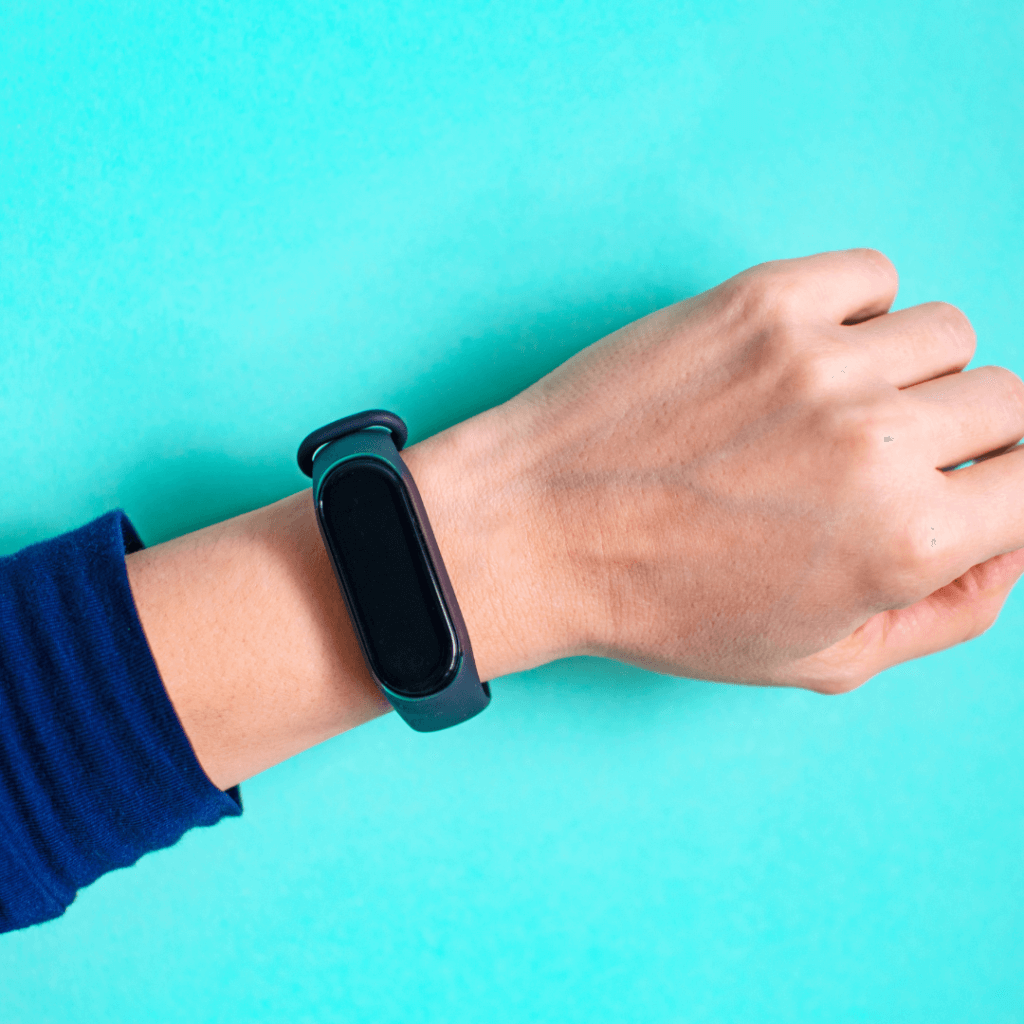Do I need to walk 10,000 steps a day?
A top gadget on many Christmas lists this year is a Fitbit. Sitting down to Christmas dinner with one on your wrist certainly helps with the Christmas guilt, but it only works if you use it!

The accepted wisdom is that we should all be taking 10,000 steps per day for optimal health and fitness, but did you know that figure originates from a marketing campaign in Japan way back in 1964, around the time of the Tokyo Olympics, with the aim of getting the population fitter. The first fitness trackers were designed then, and the Fitbit or other Pedometer device in your Christmas stocking is an evolution of that idea.
Whilst 10,000 steps a day is a laudable goal, there is no clear scientific evidence to support that exact figure, and for some it may be an unreachable and demoralising goal if starting from a basis of minimal or no fitness activity. 10000 steps of brisk walking equals around 5 miles distance at average speeds, which is a big ask if you are not accustomed to brisk exercise.

How many steps a day should I be taking to stay healthy?
Clearly the more steps you do, the better for your health, but how many is enough? And how few is too few?
We know from studies that, broadly speaking, there is a linear relationship between how many steps you do per day and associated increases in life expectancy and benefits to health, both physical and mental. It seems that even a small increase in sedentary people can begin to reap benefits in terms of weight loss and lowering of blood pressure for example, so the important thing is to make a start. That said, all fitness goals should be based on S.M.A.R.T principles, ie goals that are Specific, Measurable, Realistic and Timely. This principle reduces the risk of overuse injuries and avoids the mental frustration of raising the bar too high to achieve.

How do I get started?
It is important to set a goal that is challenging. Those daily steps should be brisk enough to elevate your heart rate and give you that warm post exercise glow. Start by measuring your normal daily steps and look to do at least that, possibly a little more on your first couple of walks. Then based on how you feel increase your steps each week. You will be surprised how quickly you make progress.
Don’t be a slave to your pedometer. Some days you may feel like doing more, some days less. Get used to listening to your body.

The important thing is to get out there and get moving, setting a realistic goal and building up gradually. Any activity is better than none, and the benefits of regular exercise to health and longevity are clear from the science, so don’t beat yourself up if you can’t hit that ‘magic figure’.